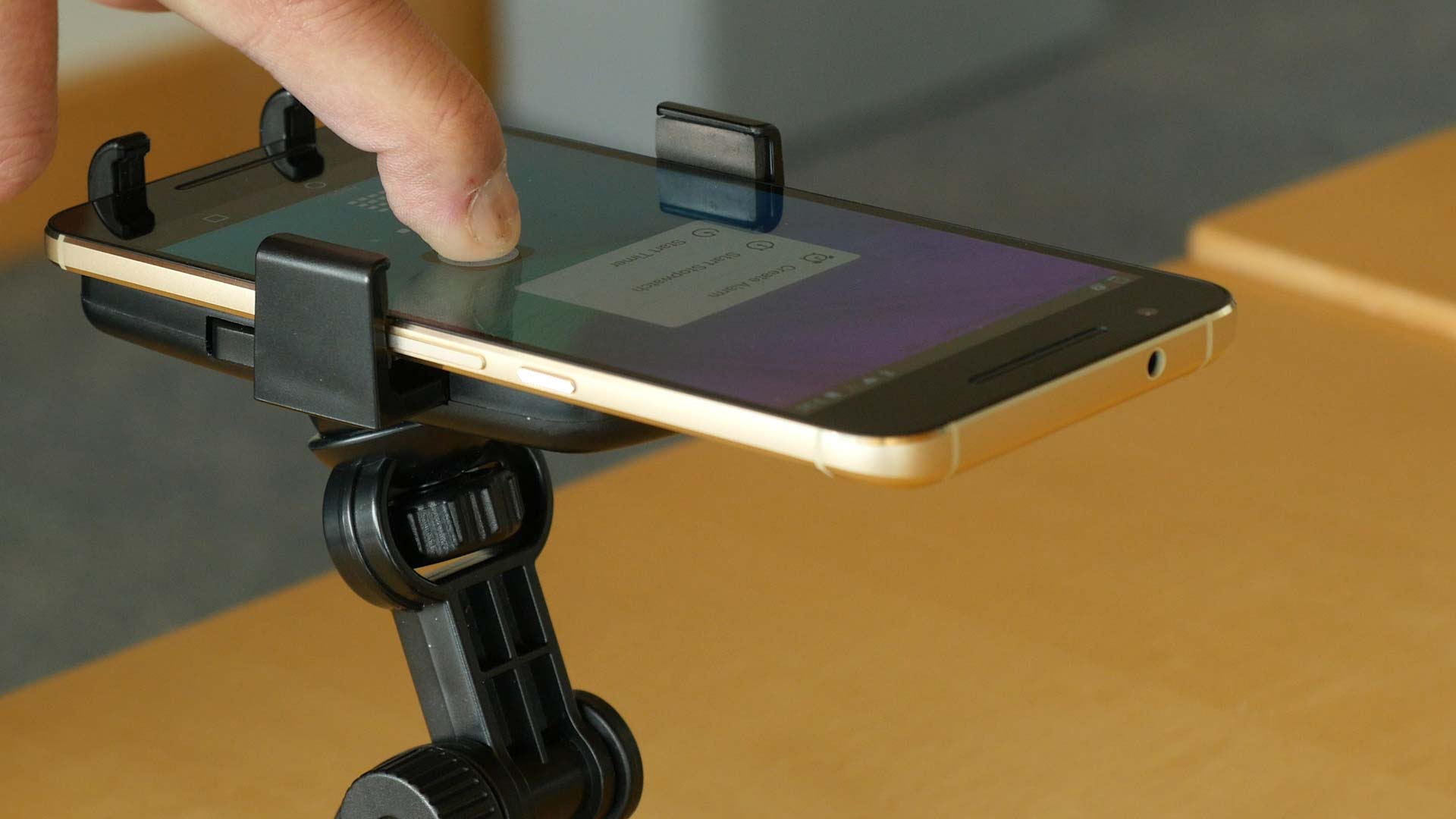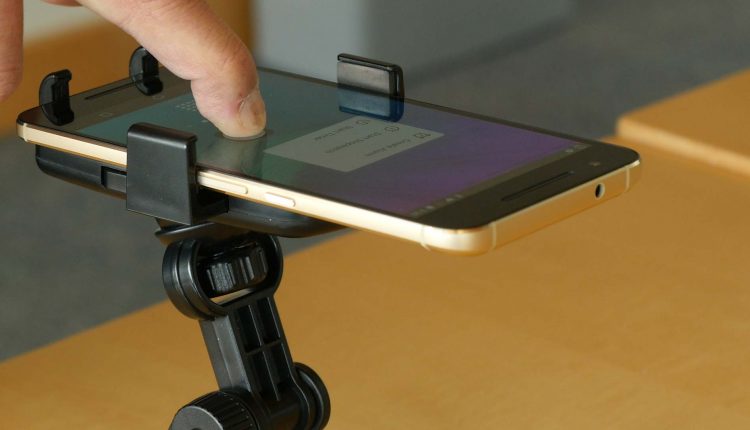Researchers just gave smartphones that ability to sense pressure
Our smartphones are pretty smart and can do a great deal more than we can, but one thing they’ve been lacking is feelings. Not the kind of feelings that engineers are trying to give robots, though. More like physical feeling.
For example, imagine you could dial 911 just by squeezing your phone in a particular way in the palm of your hand, or commanding the music to play by squeezing it another way.
Engineers from the University of Michigan have developed software, partially inspired by Batman, that could provide any smartphone with the ability to sense force or pressure on its screen or body.
The ForcePhone, as the team is calling it, offers new ways for people to command their mobile devices. Additional features for the software could be to enable users to push harder on a screen button to unlock additional options, in the same way you would right-click on a computer mouse.

Currently, the iPhone 6s has a force-sensing screen, but the other models do not. At this time there are no commercially available devices that have a pressure-sensitive body, though.
“You don’t need a special screen or built-in sensors to do this. Now this functionality can be realized on any phone,” said Kang Shin, the Kevin and Nancy O’Connor Professor of Computer Science in the U-M Department of Electrical Engineering and Computer Science. “We’ve augmented the user interface without requiring any special built-in sensors. ForcePhone increases the vocabulary between the phone and the user.”
How it works
ForcePhone works by leveraging two odrinary smartphone features: its microphone and speaker. The software programs the speaker to emit an inaudible tone at a frequency higher than 18 kHz, outside the range of human hearing. However, the phone’s mic can still pick up the vibration caused by the sound.
When a user presses on the screen or squeezes the phone’s body, that force changes the tone. The phone’s mic detect that change, and the software translates any tone tweaks into commands.
“Having expensive and bulky sensors installed into smartphones can solve every problem we have solved, but the added cost and laborious installation prevent phone manufacturers from doing it,” Tung said. “Our sound-based solution can fill this gap, providing the functionality without making any hardware modification. Everything is just software.”
As previously mentioned, ForcePhone was inspired partially by the 2008 Batman movie, The Dark Knight. In the movie, Batman turns all the smartphones in Gotham City into a sonar system as high-frequency audio signals bounce off the city’s infrastructure. He uses them to track the Joker.
“I thought it was an interesting idea to turn smartphones into a sonar-based system and felt this could lead to new applications to address challenges faced by smartphone users,” said Yu-Chih Tung, a doctoral student, who worked on the project.
But ForcePhone isn’t the first piece of software based on this idea. Previously, Tung and Shin created BumpAlert, an Android application designed to warn distracted pedestrians of objects in their path, and EchoTag, which let phones tag and remember specific indoor locations and associate those places with certain modes or tasks.
“I think we’re offering a natural interface, like how you turn a knob,” said Chin . “It’s the next step forward from a basic touch interface and it can complement other gestured communication channels and voice.”


Comments are closed, but trackbacks and pingbacks are open.